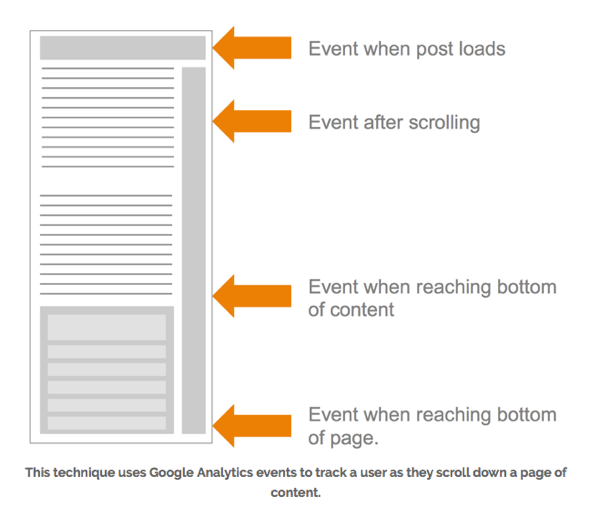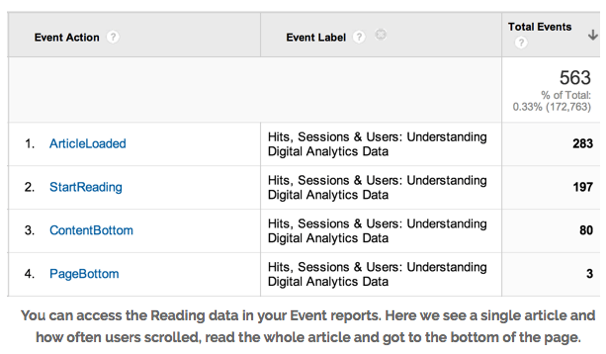Content Marketing Measurement Opportunities You May Be Missing
It’s time to crunch numbers beyond the usual sessions, time on site and pages per visit.
Most marketers are measuring key awareness and engagement performance of their digital content marketing programs. Total sessions, average time on site and average pages per visit are the most common key performance indicators for each piece of content. Some even take it further and dig into the impact the content has on organic and paid marketing efforts.
Below, we’ve shared three content marketing measurement opportunities that you may want to consider adding to your plan that move beyond the traditional measurement tactics.
1. Analyze Content Longevity through Google Analytics.
It’s important to not only measure marketing performance based on the value of a piece content within the week, month or year it was produced and published. Content is likely posted multiple times across social media channels and deployed in various email campaigns, delivering ongoing organic traffic and adding value to paid campaigns. In most cases, a piece of content will have more long-term value than it will in the short-term.
When developing the framework for each piece of content, it’s crucial to identify how long you can incur value from it. Whether it’s just a week or several years, it’s important to include your content marketing measurement plan.
Google Analytics can provide this information by digging into the individual page and accessing performance over time. Make sure to go deep into the content’s source data and determine where you are getting the most traffic. Spend time analyzing and using this information to inform future content creation and distribution plans.
2. Determine Referral Traffic to Key Service/Product Pages.
Content marketing efforts should support the products and/or services you sell. Whenever relevant, weave in links to those products and/or service line pages. This will help users understand the product and/or services that might be relevant to them and ultimately lead them further through the purchase path.
It’s important that your content is effectively driving traffic to these key pages. You can analyze this by viewing the referral traffic from your content to these product/service pages. Utilize this content marketing measurement tool and do this on a regular basis and analyze the lifetime referral traffic from content to service line/product pages.
3. Evaluate Average Time to Finish/Scroll Depth with Custom Tracking.
It’s common for marketers to measure average time on site per content piece, but did you know that with a little advanced Google Analytics customization, you can also see the average time it takes to finish a piece of content? By using event tracking, you can explore how users scroll through content on your site.

This tracking technique will arm you with data to illustrate how users are actually reading your content and can expose areas where there might be content engagement issues. Justin Cutroni shared a sample of what this basic event report with Event Action and Event Label looks like:

Check out Cutroni’s post about advanced content tracking with Universal Analytics for details on how to implement this.
Or take a look at this Google Analytics Scroll Depth plugin as an alternative option.
